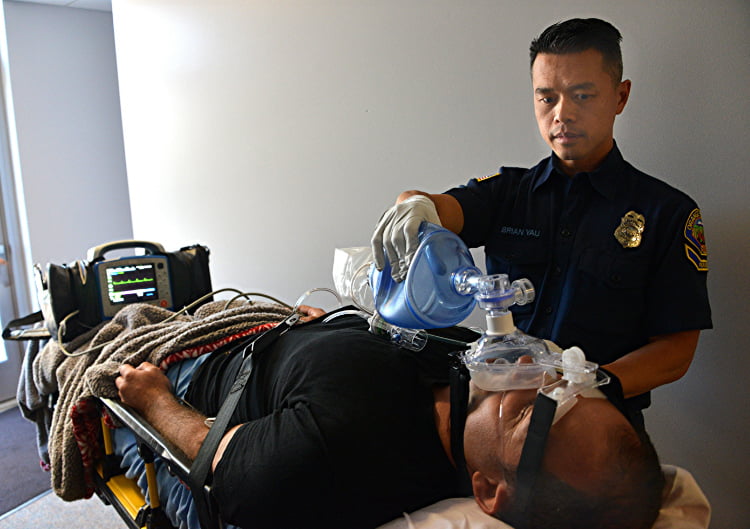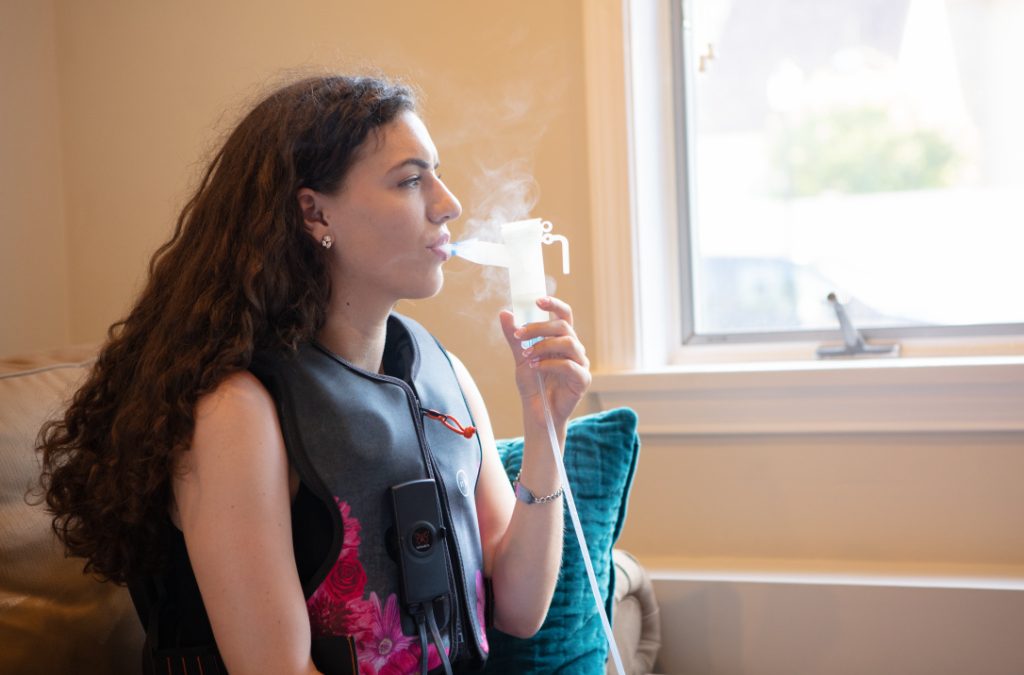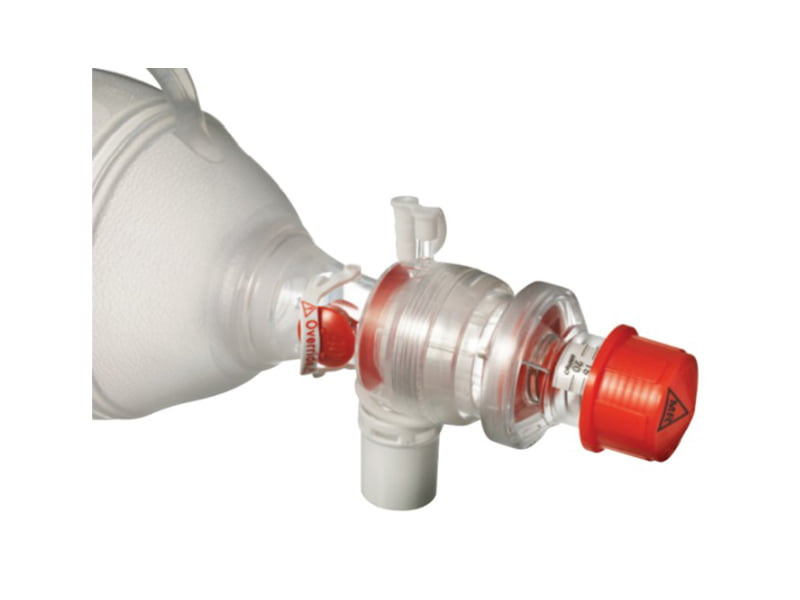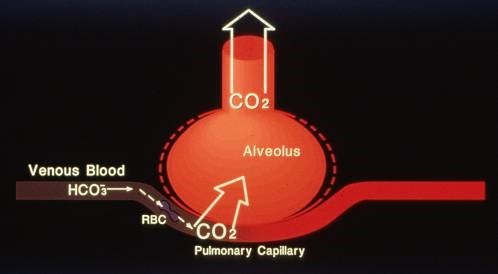
Using EtCO2 to Make the Most of Your Pain Management Care
Measuring EtCO2 is the most accurate monitoring tool that paramedics can use in real time to assess the overall status of the patient in the field.

Measuring EtCO2 is the most accurate monitoring tool that paramedics can use in real time to assess the overall status of the patient in the field.

Lifesaving procedures like CPAP pose tremendous risk to patients if miscommunications occur during handoffs. The focus of this article is on reducing these errors.

Understanding the complicated disease of Cystic Fibrosis will help you provide better initial care and assessment.

Use of Positive End Expiratory Pressure should be considered for any patient who requires mechanical ventilation, including those in cardiac arrest.

Dr. Marvin A. Wayne on why we do not use the measurement of end-tidal carbon dioxide to its full potential.

This article will discuss the prehospital management of COVID-19 respiratory symptoms.
Recent Comments